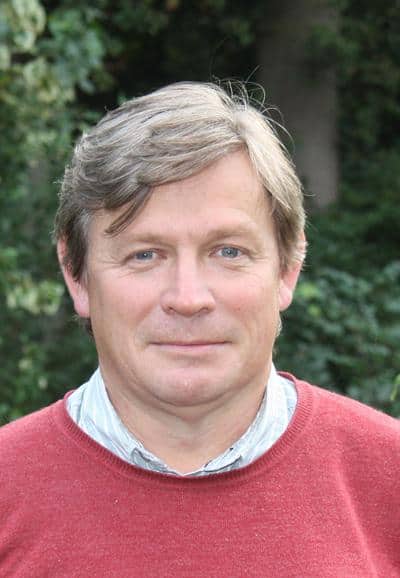Grab a drink and maybe some nibbles to join us for our first virtual IOW Cafe Scientifique presentation, between 7pm and 8.15 pm on Monday 18th May.
Click the zoom link at 7pm and join by browser. You don’t need an account.
New technologies to measure coastal hazards
Jenny Brown (National Oceanography Centre) will be presenting on “New technologies to measure coastal hazards”.
Defending the coast from flooding is a challenging job, especially with the uncertainty of climate change and rising sea level. To improve how our coastal defence schemes are designed, we need to be able to observe the sea as it crashes against sea walls.
A new prototype instrument to measure the volume and speed of waves as they spray, shoot and slop over a sea wall has been engineered at the National Oceanography Centre in collaboration with HR Wallingford.
The specialist information from this system and computer modelling has allowed Jenny and her team to understand hazardous wave events at a local study site near Liverpool to improve flood forecasting.
To find out more, take a look at the 4 min research clip or watch the short clips collected during field deployments in winter 2018/201.
How the talk will work
The format for the evening will be as follows:
- Five minutes to run through online controls
- 15 minutes presentation
- Ten minutes discussion
- 15 minutes presentation
- 15-30 minutes discussion.
To ensure everyone can connect, please follow the instructions below to help those with limited home bandwidth:
- When joining, mute microphone and turn off camera.
- Jenny will screen sharing her presentation.
- If you have a question or comment, use the chat facility (look for the speech bubble icon) or unmute your microphone so she can see who’s waiting in the discussion sessions.
- Please remember to mute microphones again once you have spoken.
Join the talk
See you 7pm on the 18th May. Click the zoom link at 7pm and join by browser.


 University, gave a talk about the importance of marine phytoplankton in controlling climate change.
University, gave a talk about the importance of marine phytoplankton in controlling climate change. Catherine explained how the 100,000 Genome Project came about and how the structure of the UK’s NHS is uniquely placed to do a project like this.
Catherine explained how the 100,000 Genome Project came about and how the structure of the UK’s NHS is uniquely placed to do a project like this. During his presentation, two not inconsiderable bound books were passed around the audience. Each contained the sequencing of the single Genome 21 – the most simple we were told. As you can see from the photo, the pages were filled with a stream of the four characters that make up DNA, tightly printed four point font.
During his presentation, two not inconsiderable bound books were passed around the audience. Each contained the sequencing of the single Genome 21 – the most simple we were told. As you can see from the photo, the pages were filled with a stream of the four characters that make up DNA, tightly printed four point font.